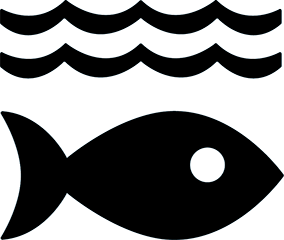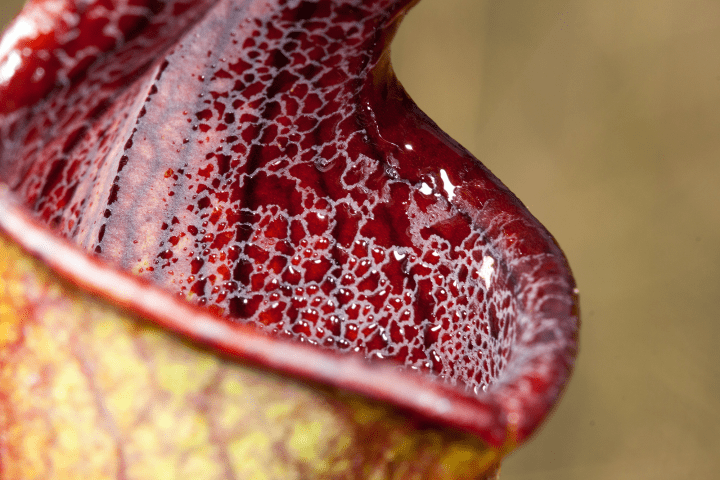First Place - Middle School
UN Sustainable Development Goals Addressed
-

Goal 14: Life Below Water
2024 Youth Design Challenge
This design concept was developed by participants in the Institute’s Youth Design Challenge. The descriptions below are from the team’s competition entry materials.
School: Stratford Middle School
Location: San Jose, CA, USA
Coach: Rekha Kannan
Team Members: Keaton Russel, Prisha Gupta, Olivia Moon, Liba Khan, Kenson Ji

Innovation Details
The practice of bottom trawling, in which a net is dragged along the seafloor to catch fish, damages marine ecosystems. Team Bubbl hoped that their innovation would promote a new way to practice sustainable fishing while protecting marine life. Their device, the Bubbl, produces a cylinder of bubbles to attract fish, a strategy common to whales, and has a reflective surface, just like the beaks of Black Skimmer birds, which attract fish when their beaks reflect light. Team Bubbl’s design attempts to create a more sustainable method of fishing that can protect aquatic ecosystems and allow marine organisms to thrive.
What is the problem your team solved for this challenge? What is the problem addressed? How is the problem connected to the selected SDG/s? (Limit 100 words)
Bottom trawling is a fishing practice which occurs when nets drag on the seafloor. These nets break the rock, stir dust, and disrupt ecosystems containing precious marine life, while rocky particles loosen up and land on exposed fish, contaminating them. Consequently, this practice is banned in most parts of the world. Our team lives near California’s coast, where bottom trawling remains legal in many areas, so our goal is to promote sustainable fishing in favor of UN SDG 14.4, “Life Below Water”. We hope to eliminate destructive fishing practices and overfishing in the long run.
How was your solution inspired by nature? What (at least two) organisms did you learn from? How effectively did you combine the biological strategies for the final design? (Limit 100 words)
Humpback whales, kingfisher birds, and skimmer birds inspire our design. The humpback whale hunts by producing a column of bubbles through their blowholes that surround the fish causing them to rise to their mouths. The structure of the kingfisher’s beak equips our technology to counter water resistance adroitly. Skimmer birds hunt by reflecting light to attract fish. Finally, the hydrophobic surface of the pitcher plant helps our machine stay safe underwater. Emulating biological aspects of the structure and process of these organisms in our design fabricates minimal inefficiency in fishing methods and the least harm to life below water.
What does your design solution do? How does it solve or mitigate the problem you selected? How did what you learned inform your design? (Limit 100 words)
Our design opts for sustainable fishing that solves the issue of dragged-up sediment harming marine life and ecosystems. This led us to craft an eco-friendly design leading to cleaner fishing and aspects of SDG 14.4. Every year, 70% of the catch is discarded, so with A.I. we will return the non-targeted fish to their respective ecosystems, thus reducing overfishing. In addition, bottom trawling indirectly influences climate change by destroying species valuable for the uptake of greenhouse gases. Through biomimicry, our team learned all the unique s of these animals, and how they are applied to human technologies.


